Iron and Manganese
Iron (Fe) and manganese (Mn) are responsible for a number of problems with water supplies. Above 0.3 mg/L iron and 0.05 mg/L manganese, these contaminants cause aesthetic problems such as discolouration of water, turbidity, staining and unpleasant taste.
The presence of iron and manganese can also accelerate biological activity further exacerbating taste, odour and colour problems.
Chlorine dioxide selectively oxidises the relatively soluble Fe (II) and Mn (II) to insoluble Fe (III) and Mn (III or IV) species. The resulting precipitate of insoluble iron and manganese compounds are removed by fi ltration or sedimentation followed by filtration. Any remaining Fe (II) and Mn (II) is removed by hydrated iron and manganese species coated on the filter media where the trapped ions are oxidised to the insoluble form.
In addition, chlorine dioxide can oxidise organic complexing agents which assist in keeping iron and manganese in solution. In some cases the chlorine dioxide works by destroying biofilms that encapsulate organically bound metal ions preventing them from being oxidised by conventional oxidising biocides.
Iron
Many industrial processes cannot tolerate the presence of iron in the feed water. The problem may be unacceptable colour or taste (in food related industries) or it may be the presence of iron promotes unacceptable growth of bacteria.
Chlorine dioxide rapidly oxidises Fe(II) to Fe(III) which then precipitates as iron hydroxide:
ClO2 + 5Fe(HCO3)2 + 3H2O 5Fe(OH)3 + 10CO2 + H+ + Cl-
Optimum reaction conditions are neutral to slightly alkaline. Above pH 5, approximately 1.2mg/L chlorine dioxide is required to remove 1.0mg/L iron.
The resulting precipitate is reported to be 99% removed by a 45 micron sieve above pH 5.
Manganese
Above a concentration of 0.05mg/L, manganese causes “black” water, discolouration of laundry, encrustation of water mains, deposits on taps and industrial machinery as well as adversely affecting the taste of drinking water and beverages.
Chlorine has been used to control these problems but the reaction rate is very slow and manganese can still be present at unacceptable levels even after 24 hours contact with chlorine.
Chlorine dioxide rapidly oxidises manganese to manganese dioxide which can then be removed by filtration at the treatment plant. Reaction is complete in less than 5 minutes under favourable conditions.
Optimum reaction conditions are neutral to slightly alkaline:
Above pH 7: Mn2 + ClO2 + 4OH- + MnO2 + 2ClO2- + 2H2O
Below pH 7: 5Mn2+ + 2ClO2 + 6H2O + 5MnO2 + 12H+ + 2Cl-
Above pH 7, it requires approximately 2.45mg/L chlorine dioxide to remove 1.0mg/L manganese.
Dose Rates
Dose rates will depend on the level of contamination of iron and manganese and other species present in the water as well as the degree of control required.
As a general rule, CleanOxide Liquid 75 should be dosed continuously upstream of the filtration system allowing CleanOxide Liquid 75 and complete oxidation of the iron and manganese species. pH control may also be necessary to ensure optimum removal of iron and manganese.
CleanOxide should not be dosed with lime or activated carbon which will inactivate the chlorine dioxide.
If chlorine dioxide is also being used as a disinfectant, further dosing of CleanOxide Liquid 75 after the fi ltration step may be required particularly if an activated carbon filter is used.
The table below can be used as a guide to estimate the minimum amount of CleanOxide 75 required per megalitre (million litres) of water to remove iron and manganese. If both are present, as is often the case, the quantity of CleanOxide required is the sum of the amounts for each individual contaminant.
Approximate volume of CleanOxide Liquid 75 required to remove iron and manganese from water at pH >7
Iron (mg/L) |
CleanOxide Liquid 75 (L/ML water) |
| 0.1 | 16 |
| 0.2 | 32 |
| 0.3 | 48 |
| 0.4 | 64 |
| 0.5 | 80 |
| 1.0 | 160 |
Manganese (mg/L) |
CleanOxide Liquid 75 (L/ML water) |
| 0.01 | 3.3 |
| 0.02 | 6.5 |
| 0.05 | 16 |
| 0.1 | 33 |
| 0.2 | 65 |
| 0.5 | 160 |
For further advice on applications of CleanOxide 75, contact us to discuss your specific requirements.
Please Note: The information contained in this document is based on Natural Water Solutions CleanOxide Liquid 75 pure chlorine dioxide and is not applicable to other sources of chlorine dioxide.
